No products in the cart.
The King Hill Diaries
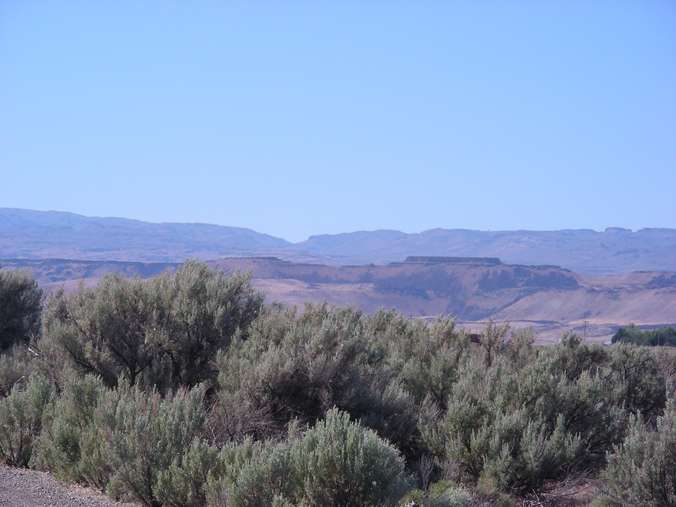
Pioneers Brave The Long Climb
By Jerry Eichhorst
Clover Creek Canyon
In 1852, emigrants on their way to Oregon first crossed the Snake River above Salmon Falls on what is known as the North Alternate Oregon Trail. After climbing out of the Snake River Canyon and crossing the Malad River, they headed northwest until they found the lush grasses and stagnant water of Clover Creek north of Bliss. They followed Clover Creek for five miles to where Pioneer Reservoir is today, and then traveled northwest again until reaching Clover Creek in a canyon east of the town of King Hill, a short distance above where it empties into the Snake River. Grammar, spelling, and punctuation in the following excerpts from diaries of these pioneers have been kept as written. A large blank space indicates absence of punctuation in the original text.
Thursday, August 26—Traveled about 14 miles. Found some very hard stony hills to climb. Found no water through the day. One of our horses gave out before night. Campt on a small creek. Found a good spring of water here. Saw 8 graves here and 7 dead cattle through the day. Weather very warm but pleasant.
—Martha S. Read, 1852, “A History of Our Journey,” in Covered Wagon Women #5, pages 207-251, 1997
Less than two weeks later, Parthenia Blank also camped on Clover Creek, recognizing it as the same creek they had followed earlier in the day.
Large stones are a predominant feature of the King Hill area landscape. Photo by Dean Worbois.
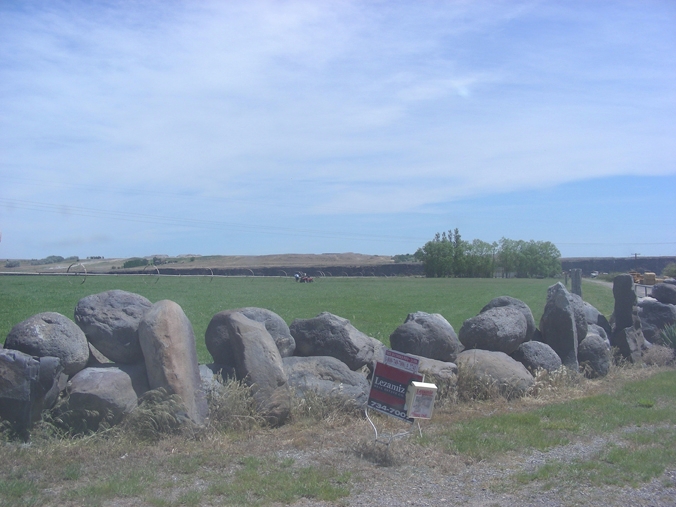
The challenging terrain of Deer Gulch, west of town. Photo by Dean Worbois.
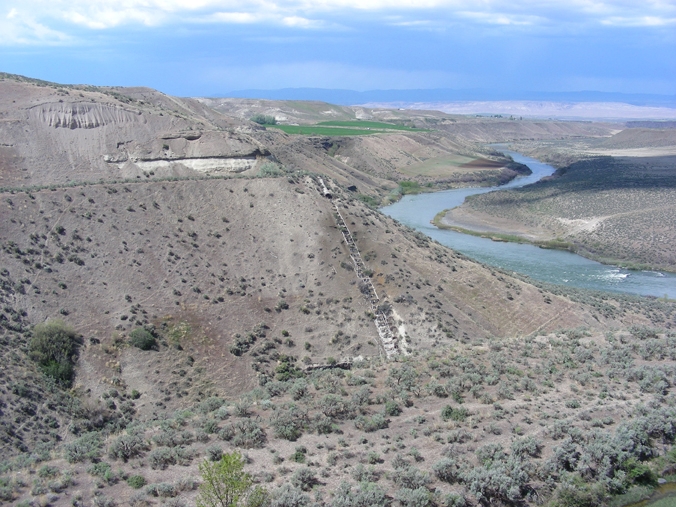
View of King's Crown, which perhaps inspired the town's name. Photo by Dean Worbois.
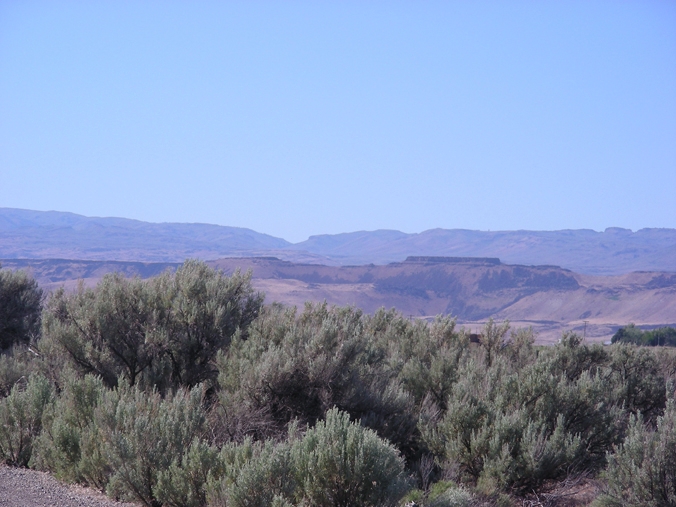
Tuesday, Sept. 7—This morning found plenty of excellent bunchgrass on the hills near camp and let our cattle feed, then started and traveled down the stream about 7 miles and stopped for dinner then passed over the hills about 10 miles without water, when we came to the same creek again, and encamped for the night. Have found plenty of bunchgrass all the way today, and sage of an enormous size. The general appearance of the country has been more like living than we have seen for the last thousand miles. Have seen 14 graves in a week. Made 17 miles.
—Parthenia Blank, “Crossing the Plains in 1852,” in Transactions of the Oregon Pioneer Association #32, pages 288-329, 1904
Two years later, Sarah Sutton arrived at Clover Creek. Sarah’s diary is filled with despair as she crossed Idaho. In September, she died in Oregon.
Saturday, July 22nd—We all eat about as much again this morn for going without supper we come to a cold spring soon after starting this morning, and fill’d our vessel with water. have been going up hill and down, over rocks, and acros’t the baren desert and noon where we can water our stock on dry rocky creek with now and then a pond of water we name the creeks ourselves as we go, as there is no one in the company has went this way before, or knows the name of them. have come about 16 miles to day and campt on skin flint. some grass here. it has been very hot and sultry to day. one of our cows gave out & others are very near it heat is a killing time on wagons and team. the wagons are broke down banging over the rocks and mountains, and the cattle give out worrying over the mountains, and are left to die.
—Sarah Thurston Stewart Sutton, 1854, “A Travel Diary in 1854,” in Covered Wagon Women #7, pages 15-77, 1998
King Hill Creek and King Hill
Traveling west from Clover Creek, the emigrants stayed on the plateau north of town, dropping into the King Hill Creek valley. Many rested or camped on King Hill Creek before climbing to the top of King Hill west of the creek.
July 28, Thursday—After starting we soon leave the valley and take to the hills, which are not very high or abrupt and not so stony and much more appearance of fertility. The water where [we] camped being bad, we took but little with us, trusting to get better on the road. It is very sultry and we suffer considerable, especially the children. However, about 12 M. we descend into a valley through which a large and clear stream ran and plenty of the best of grass, so we thanked God, took courage and improved the opportunity and refreshed man and beast. Afterward we start on and soon leave the valley. We wound among the hills until we came to the foot of a range of mountains which crossed our way. This we had to climb; some places for 2 or 300 yards were very steep, then we would wind up the defiles where the ascent was more gradual. One defile was very sidling and for safety the wagons required holding by hand to keep their balance and the road so narrow that a few inches deviation from the accustomed track would have precipitated them down a steep precipice 300 feet into the bottom of the defile. We tried to let patience have its perfect work, labored on and at length gained the summit. The day had been warm and the rays of the sun oppressive until now, when a cool breeze and a cooler atmosphere made us ample compensation and seemed to give us new life. It was getting late in the p.m. and we expected to have had this mountain to descend before we could encamp, for want of grass and water. After we arrived at its summit the [road] continued along a tolerably level plain…
—Henry Allyn, 1853, “Journal of Henry Allyn, 1853” in Transactions of Oregon Pioneer Association #49, pages 372-435, 1921
Wednesday, [August] 3rd—Started early and have traveled very steadily through the day, camped rather late, have come over twenty miles, the roads hilly and stoney, the country generally barren, have however a nice camp ground plenty of good grass, and a creek of good watter. Some one that is ahead has left two waggons and many other articles, that might have been useful if they could have taken them through
Thursday [August] 4th—Had a cool night and morning but hot through the middle of the day. The road has been mountainous and rockey. We ascended a mountain soon after starting that we all thought to be four miles high…
— Charlotte Emily Stearns Pengra, 1853, The Diary of Charlotte Emily Stearns Pengra 1853, Lane County Historical Society, 55 pages in manuscript, 1966
[August] 12th—We then drove six miles to a creek and camped. There is good camping all along this creek, everything being plentiful.
[August] 13th—We started early and ascended a hill two miles long and in some places quite steep and rough and stoney.— Basil Nelson Longsworth, 1853, “The Diary of Basil N. Longsworth,Oregon Pioneer,” Historical Records Survey, Portland, Oregon, 1938.
The Kelton Road followed the same route near King Hill for many years. Emigrants continued to make wagon trips to Oregon if they could not afford to go by railroad. Lucy Alice Loomis Ide provides an interesting later account of climbing King Hill in 1878.
August 21—Begin our journey at 8 o’clock this morning. Went 11 miles and camped at the foot of King’s Hill for dinner. Well, this is a hill sure, 4 miles in length, and the most of us walk the whole distance. Pass a freighter, he seems to be having bad luck. He has ten mules hitched to a trail wagon, and he wants the boys to help drive them up the hill. They help a while but soon give up their job and go on and leave him swearing at the poor mules while long after we had passed him there came to our ear upon the sultry air; “Hillaphone, Jule.” Oh, but it was hot, but we are up the hill at last. Here we find a wagon that the old freighter had brought up the hill, some of the boys made an exploration of its contents and found some cases of canned fruit in it. When they left the wagon they had materially disfigured the Eighth Commandment.
—Lucy Alice Loomis Ide, 1878 “Mrs. Lucy A. Ide’s Diary: In a Prairie Schooner, 1878,” Washington Historical Quarterly 18, pages 277-88, 1927. [/private]
This content is available for purchase. Please select from available options.
Register & Purchase Purchase Only
Register & Purchase Purchase Only

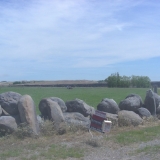
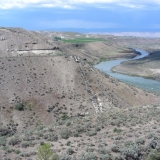
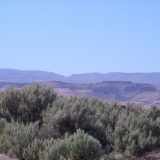
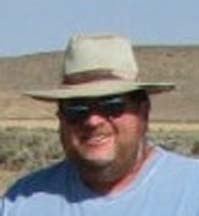
3 Responses to The King Hill Diaries
Shannon -
at
I believe my grandfather – Will T. Montgomery and his wife Rose Worthington had a sheep ranch in the King Hill area. Can you direct me to a source that might have information on this?
Thank you.
Shannon Tridle
The Editors -
at
You might ask the King Hill Irrigation District for any early records of your grandparents.
David -
at
Looking for information on a stone structure on clover creek near pioneer reservoir. Has the appearance of a jail with bars on windows.